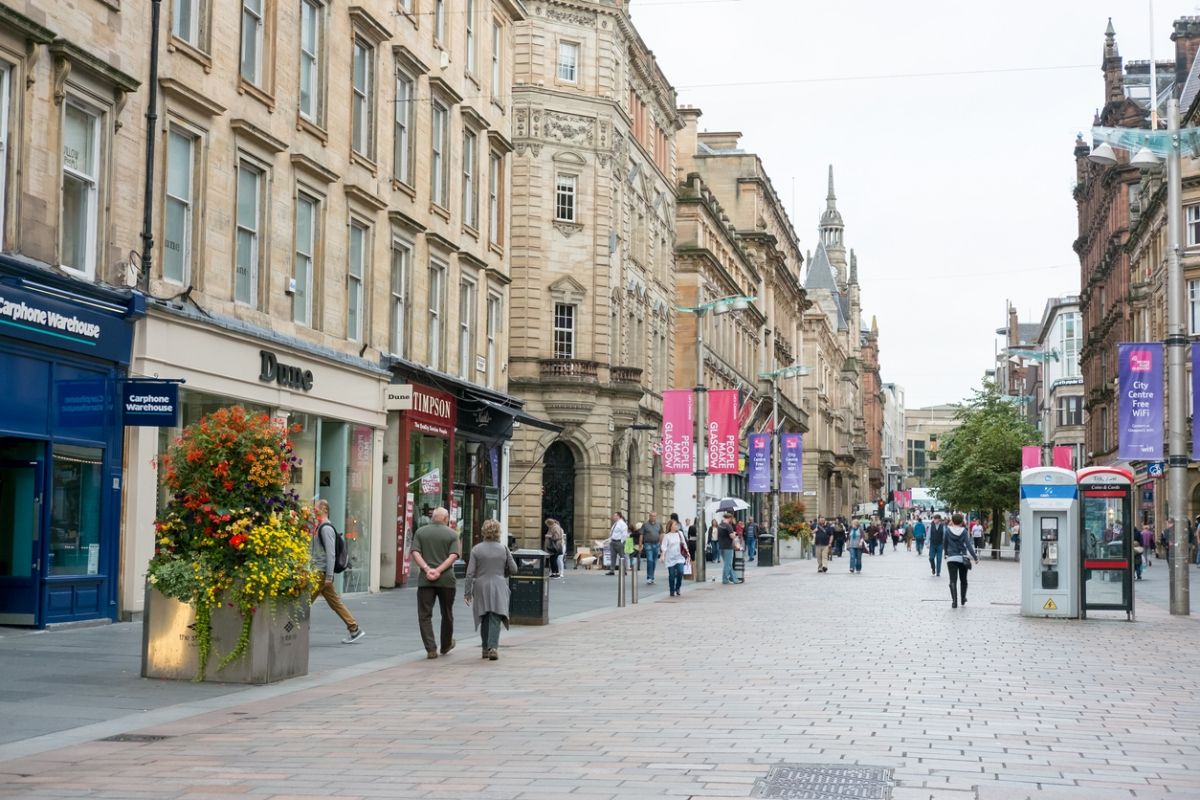
Despite the 3.2% decline in footfall in November—the lowest November shopping figures since 2008—t’s not all doom and gloom for the British highstreet. Brands are constantly evolving the retail experience in order to attract consumers and entice shoppers back to their stores, and there promises to be some very exciting developments on the horizon. In this piece, we’ll look at the three retail trends to look out for in 2019.
With more stores than ever offering consumers a personalised shopping experience, in-store personalisation is set to become even more widespread in 2019. It’s easy to see why, with a 2017 survey by customer data platform Segment finding that 44% of respondents would be more likely to become repeat customers after a personalised shopping experience. Simply put, more personalisation equals more sales.
Every type of retailers has made personalisation a greater focus of their in-store experience in recent times. Take Mon Purse, an online British luxury bag retailer, who incorporated bespoke retail techniques into their flagship brick-and-mortar store. Created in collaboration with design agency Form Room, the brand used both digital screens and iPads to enable shoppers to customise their own Mon Purse products, with an embossing station providing on-the-spot personalisation of their products.
Other established brands are also getting in on the act. Customers can meet with Nike athletes (the sports brand’s equivalent of Geniuses at the Apple Store) for a personalised styling session in their Shanghai House of Innovation. With the trend benefiting both brands and consumers simultaneously, expect retail personalisation to gain even more traction in 2019.
2. Experiential shopping
High street shopping is no longer just about going into stores to buy what you need. Instead, it is increasingly about enjoying a wider experience beyond just making purchases,hence experiential shopping becoming more and more popular. The trend is driven by our demand for experience—a study by Barclaycard found that 52% of UK consumers prefer experiences to material goods,and the same percentage of people are more inclined to tell others about a retail experience than a purchase. From in-store gyms to shop-cum-skate parks, experiential shopping is on its way to ubiquity, and is often cited as the future of retail.
Experiential retail is easy for stores to embrace, because there are so many ways to make it their own. For example, beauty brand L’Occitane caused a stir at their Manhattan store, which featured a virtual reality experience in which customers could enjoy a 360-degree hot air balloon ride, all while receiving a free hand massage.Meanwhile, Zara recently introduced augmented reality technology into their stores. Instead of seeing clothes displayed on actual shop mannequins, the fashion brand have enabled shoppers to see them on holographic mannequins instead. After downloading an app on their phone,customers simply point at the empty space where the mannequins previously would have been to see different outfits come to life on a virtual model on their screen. These models are brought to life for between seven-12 seconds, and display Zara’s collection by posing, moving and even talking, providing a uniquely realistic experience. With in-store experiences so vital to attracting foot traffic, experiential shopping is another trend that looks set to become even more widespread in the coming year.
3. Improving diversity and inclusivity on the shop floor
Watch out for more retailers embracing all of their customers with their product lines in 2019. According to The Trends Shaping 2019 report by credit card company Alliance Data: “There is a growing expectation that brands will recognize the value in every individual”, meaning more shops will sell inclusive and diverse items that mirror society’s position on issues like body positivity and gender neutrality.
Nordstrom, for example, have won plenty of plaudits for their proactive approach to plus-size clothing. Since 2016, the American department store chain have been putting pressure on its brands to offer clothes in all sizes, and have incorporated plus size mannequins and signage in their stores. Discussing the changes, EVP of women’s apparel Tricia Smith told Digiday that “If we’re really,truly focused and committed to taking care of our customers, we have to change the practices that don’t allow us to do that. Sizing is one of them.” In a similarly progressive move, fashion giants Chanel launched a male makeup line in August 2018 to be more inclusive of its customers. In a statement released by Chanel, the brand said “Beauty is not a matter of gender, it is a matter of style.” From personalisation to products for everybody, these are the retail trends to watch out for in 2019. With each one aimed at enhancing the consumer experience, the innovation of retailers should entice consumers back to brick and mortar stores in the new year and beyond.